Junkyard Find: 1962 Chevrolet Biscayne Sedan

During the early-to-mid 1960s, the king of the full-sized Chevrolet world was the loaded Impala. The Bel Air wasn’t quite as luxurious, but still had a decent amount of swank. For the bargain-conscious car shopper who wanted a bare-bones full-size sedan without a lot of costly gingerbread, the Chevy Biscayne was an excellent choice.
Here’s a ’62 that outlived most of the Impalas and Bel Airs, now ending its 56-year journey in a Denver self-service wrecking yard.
Conditions were wintry when I found this car, but neither snow nor rain nor heat nor gloom of night will stay your junkyard courier from his appointed rounds.
This car has the sensible-but-not-powerful 235-cubic-inch pushrod straight-six engine, rated at 135 horsepower in 1962. The original purchaser of this car wasn’t a total cheapskate, though, because the transmission is the optional Powerglide automatic instead of the more affordable three-on-the-tree manual that came standard.
The permanently flattened tires and completely fried interior indicate decades of outdoor storage prior to coming to this place. This car began its life at the St. Louis Assembly Plant, which was the second-closest-to-Denver GM factory building full-sized Chevrolets in 1962 (the plant in Arlington, Texas, was a bit closer).
There’s some rust— not much by Midwestern standards but enough to scare away any Colorado restorer who might have considered spiffing up a not-very-desirable Biscayne sedan. A full-sized 1960-1964 Chevrolet two-door in this condition probably would have avoided this fate.
General Motors sold 1,424,008 full-sized Chevrolets for the 1962 model year, 533,349 of which were sedans, and so this isn’t what you’d call a rare and unusual car. Still, it’s too bad nobody who encountered it before it came here was willing to make it into a budget cruiser or drag-race car.
There’s no telling how much of the USA this car saw during its long life.

Murilee Martin is the pen name of Phil Greden, a writer who has lived in Minnesota, California, Georgia and (now) Colorado. He has toiled at copywriting, technical writing, junkmail writing, fiction writing and now automotive writing. He has owned many terrible vehicles and some good ones. He spends a great deal of time in self-service junkyards. These days, he writes for publications including Autoweek, Autoblog, Hagerty, The Truth About Cars and Capital One.
More by Murilee Martin
Latest Car Reviews
Read moreLatest Product Reviews
Read moreRecent Comments
- Oberkanone Tesla license their skateboard platforms to other manufacturers. Great. Better yet, Tesla manufacture and sell the platforms and auto manufacturers manufacture the body and interiors. Fantastic.
- ToolGuy As of right now, Tesla is convinced that their old approach to FSD doesn't work, and that their new approach to FSD will work. I ain't saying I agree or disagree, just telling you where they are.
- Jalop1991 Is this the beginning of the culmination of a very long game by Tesla?Build stuff, prove that it works. Sell the razors, sure, but pay close attention to the blades (charging network) that make the razors useful. Design features no one else is bothering with, and market the hell out of them.In other words, create demand for what you have.Then back out of manufacturing completely, because that's hard and expensive. License your stuff to legacy carmakers that (a) are able to build cars well, and (b) are too lazy to create the things and customer demand you did.Sit back and cash the checks.
- FreedMike People give this company a lot of crap, but the slow rollout might actually be a smart move in the long run - they can iron out the kinks in the product while it's still not a widely known brand. Complaints on a low volume product are bad, but the same complaints hit differently if there are hundreds of thousands of them on the road. And good on them for building a plant here - that's how it should be done, and not just for the tax incentives. It'll be interesting to see how these guys do.
- Buickman more likely Dunfast.



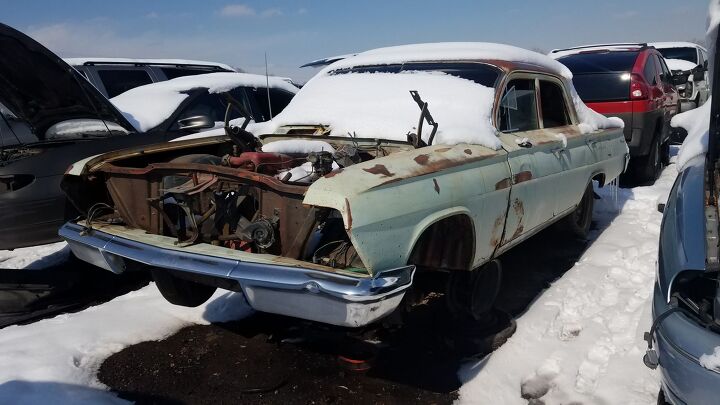































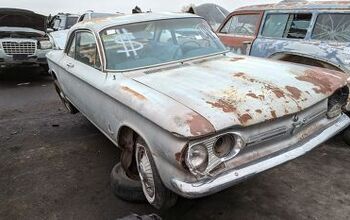
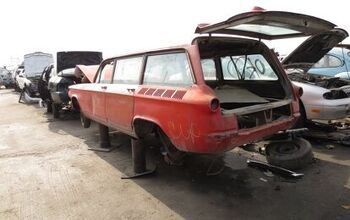

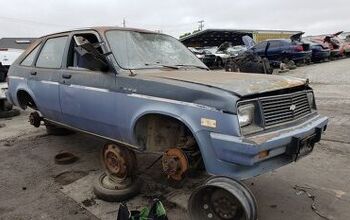
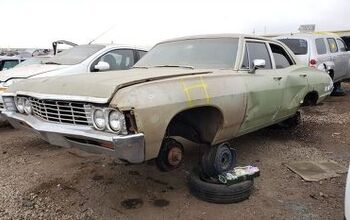












Comments
Join the conversation
LOL the demographics of the commenters here is apparent. Greetings fellow old-timers!
I guess the sedans still aren't worth restoring as much as the two doors... It probably lived for maybe 25-30 years and then spent the next 25-30 in situ and then scrapped after the owner died or something like that...